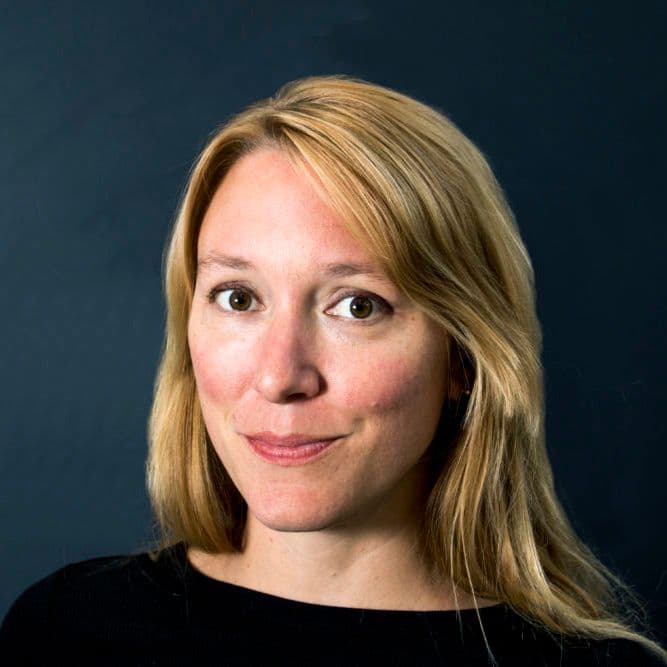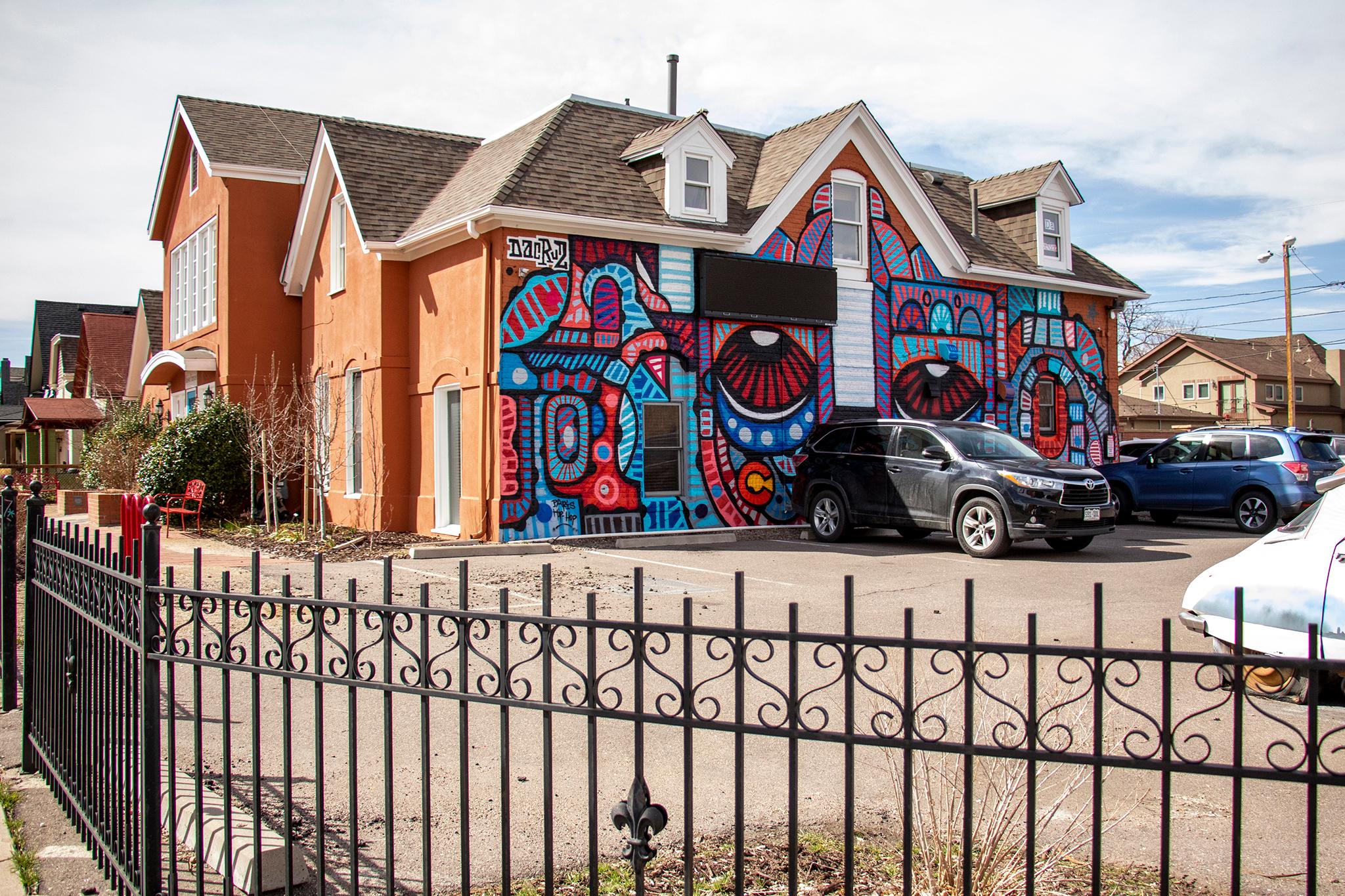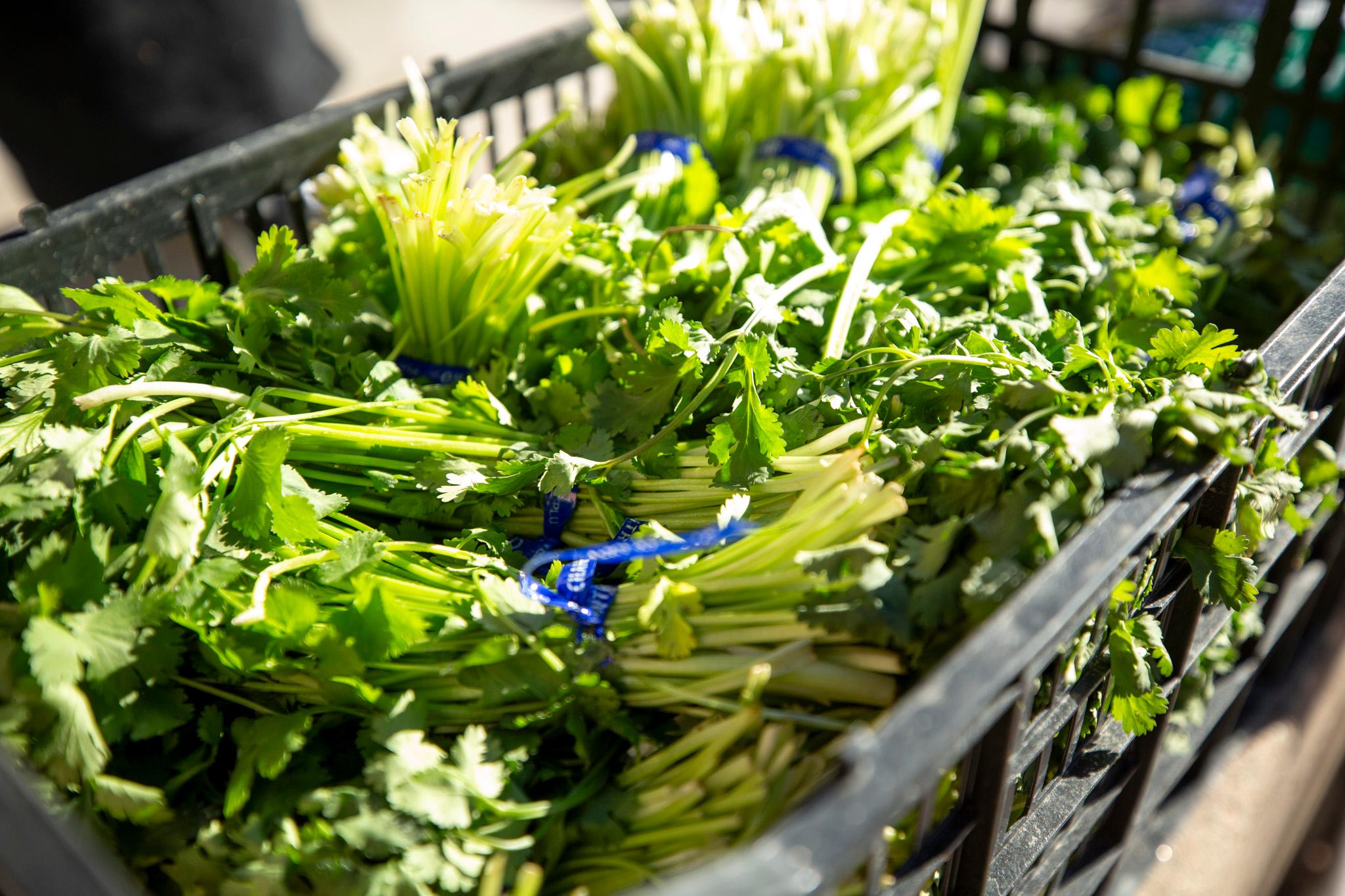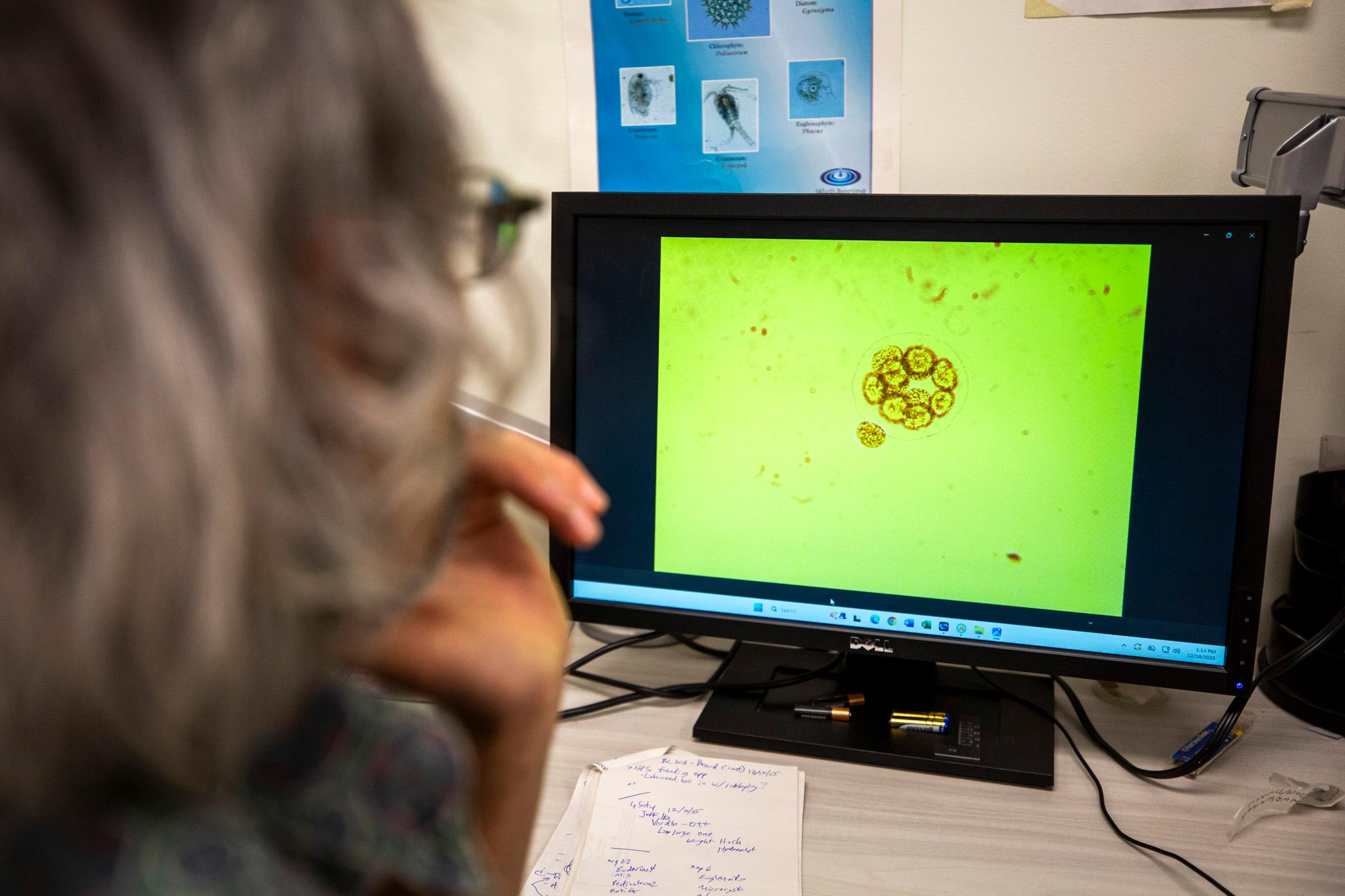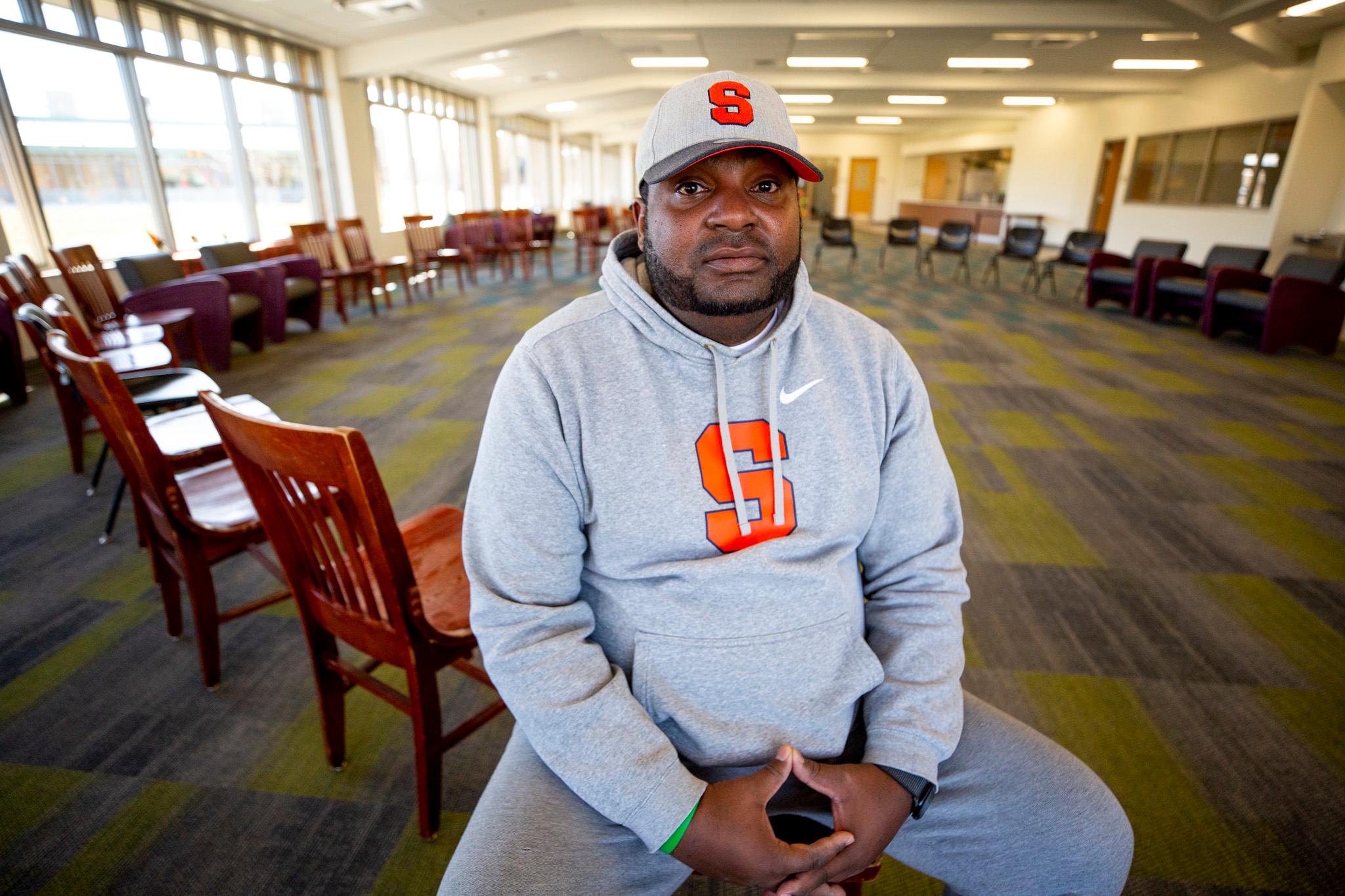Thanks to a three-decade-old law, more growth in Denver means more public art.
Denver Public Art, created in 1988, works like this: Every time there's a new capital improvement project with a design and construction budget equal to or greater than $1 million -- like a new library, school or homeless shelter -- 1 percent is set aside for public art in that space. That money comes from tax dollars.
Over the last 31 years, Denver has invested about $40 million in public art. There are more than 400 works around the city and 24 currently in progress.
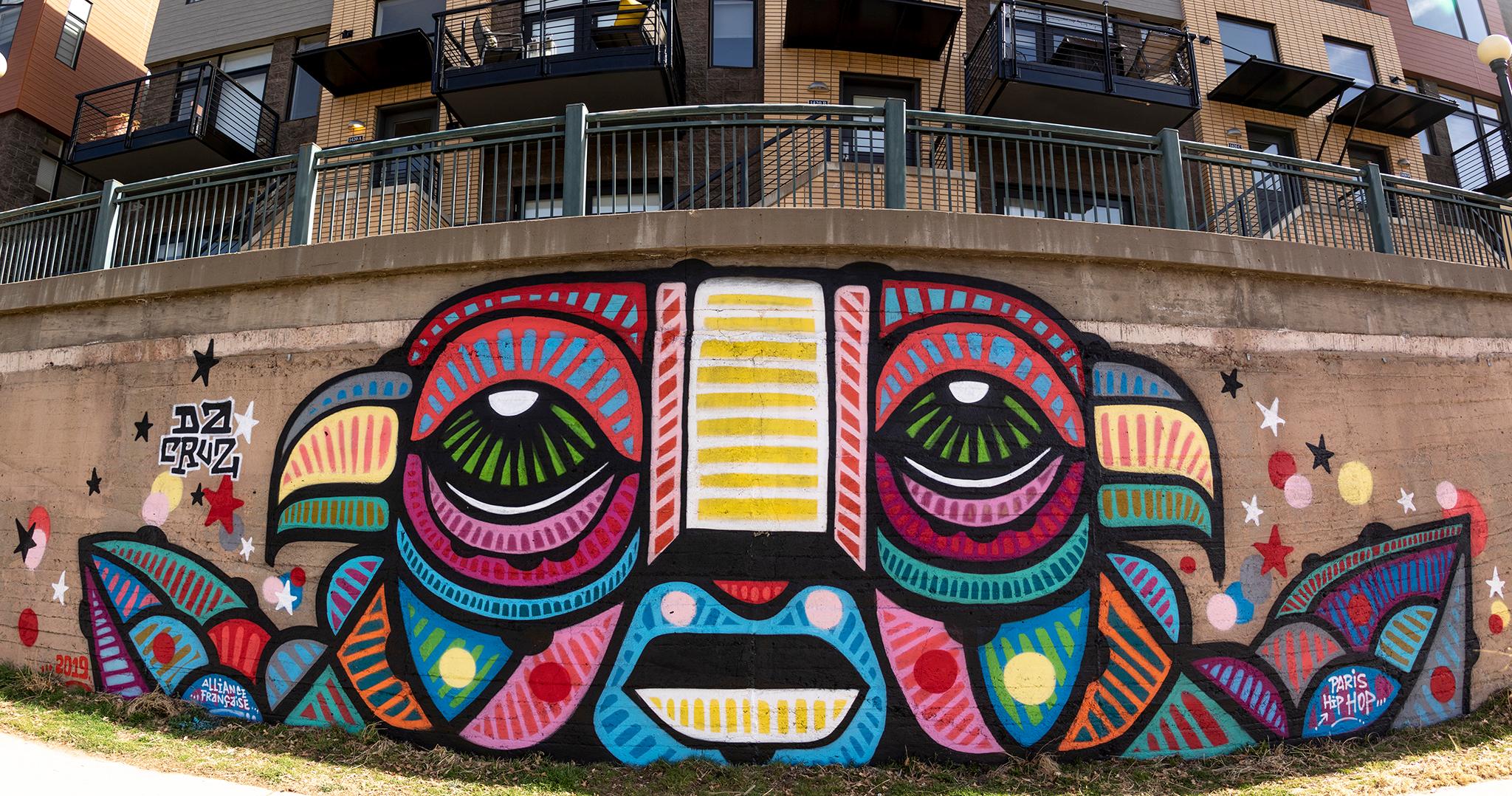
With big renovations underway at Denver International Airport, big art projects are underway, too. At Red Rocks, an artist is working on a series of four carved stone benches and a carved stone fountain. At City Park and the Denver Zoo, an artist is painting a mural facing the duck pond. And at the intersection of Sixth Avenue and Federal Boulevard, you'll soon see a 35- to 40-foot totem pole featuring what Picker described as "regional animal heads."
And there's much more to come. The more Denver grows, the more it can fund public art.
"It's sort of dependent on the construction schedule of the city," as well as the economy, Public Art Program Administrator Brendan Picker said. "So obviously in the last few years, the economy has been good and the city has been undertaking a lot of capital improvement projects."
That means we can expect around 10-15 new pieces of public art a year, he said.
If you're thinking that's a lot of spending on public art, you're both right and wrong.
The city recently put out a call for artists to work on three projects: a piece at the Hadley Branch Library for a $10,000 commission, a piece on the High Line Canal Trail at Colorado Boulevard and Hampden Avenue for $40,000, and a piece at Denver Emergency Homeless Shelter also for $40,000.
The $40,000 paycheck is hardly the largest offered through Denver Public Art. Amber Fochi, program manager and spokeswoman for Denver Arts and Venues, said another recent project paid $175,000. Picker said a $300,000 work will be installed at Denver Botanic Gardens sometime next year.
A $40,000 check for one mural might strike some as a big payday -- and it is. It's a year's salary for some, as is $175,000 for those more fortunate. At least one person, Westword's Kyle Harris, expressed reservations about how the money is spent -- particularly in that it could be used to offer services instead. Denverite housing and hunger reporter Donna Bryson offered a counterpoint:
It's not unusual for cities to set aside this kind of money for public art.
In fact, "it's very common," Picker said. "Most cities have a 1-percent program."
Policies and guidelines might be different from city to city, but everybody's doing it. Albuquerque has had a 1-percent program since 1978, and Philadelphia, which Picker believes had it first, began its program in 1964.
Don't get it mixed up with the Urban Arts Fund.
That program began 11 years ago as a Denver Public Works effort to deter graffiti.
It's now an Arts & Venues program, and it's not funded by taxes.
"Arts & Venues operates as an enterprise fund. We eat what we kill," Fochi said.
That means the money it brings in through things parking fees, rental fees or a cut of the beer sales at Red Rocks gets put back into cultural programs.
For the Urban Arts Fund, they offer up to $10,000 per mural through an application and grant process that this year closed on March 18.
Last fall Denver awarded Urban Arts Fund grants two dozen individual artists and artist groups. Fochi said there are about 350 Urban Arts Fund murals around the city.
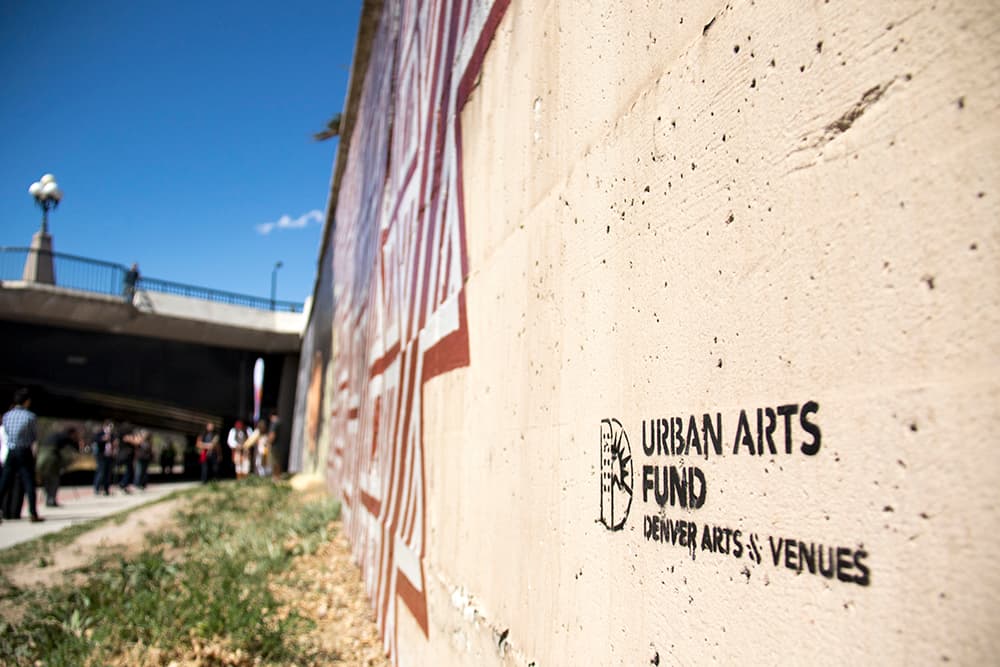
Correction: Some information provided to Denverite went un-fact-checked and an earlier version of this article identified the wrong mayor serving when Denver Public Art was created in 1988 and who paid for two Da Cruz murals.
